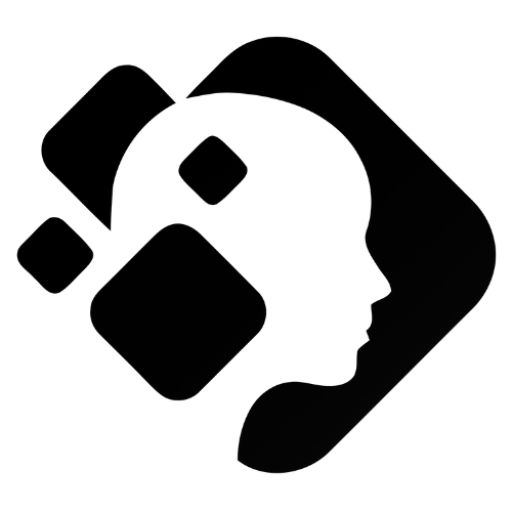The relationship between training and sales quota attainment is fundamentally interconnected, with effective training programmes serving as the cornerstone of consistent sales performance. Well-designed training initiatives directly impact a salesperson’s ability to meet and exceed quotas by developing essential skills, building confidence, and ensuring product knowledge mastery. Companies that invest in comprehensive, ongoing training typically see higher quota attainment rates, improved sales productivity, and better overall revenue outcomes compared to those with minimal or ineffective training approaches. Training serves as a critical driver of sales success by establishing the foundation upon which all selling activities are built. In today’s competitive…
How do you handle resistance to sales training?
Handling resistance to sales training requires understanding why salespeople push back against development programmes and implementing strategies that address their concerns directly. The most effective approach combines proactive communication, relevant content design, and ongoing support systems that demonstrate clear value to participants. By involving sales teams in the training design process, addressing time concerns upfront, and using modern interactive methods like AI-powered simulations, organisations can transform sceptical salespeople into engaged learners who actively apply new skills. Sales training resistance has become increasingly common as teams struggle to balance learning with revenue-generating activities. Many sales professionals view training as a distraction…
What are the key performance indicators for sales training?
Key performance indicators (KPIs) for sales training are measurable metrics that help organisations track the effectiveness and impact of their sales enablement programmes. These include completion rates, knowledge retention scores, time-to-productivity, win rates, revenue per representative, and customer satisfaction scores. By monitoring these sales training KPIs, companies can identify what’s working, optimise their training investments, and ensure their sales teams develop the skills needed to drive business growth. Sales training represents a significant investment for most organisations, yet many struggle to measure its true impact on business performance. Key performance indicators in sales training context serve as quantifiable benchmarks that…
How do you motivate sales reps to engage in training?
Motivating sales reps to engage in training requires a strategic blend of relevance, flexibility, and recognition. The most effective approach combines real-world scenario practice with gamification elements, flexible learning formats, and immediate feedback systems. By making training feel directly applicable to current deals, accessible on-demand, and rewarding through achievement systems, organisations can transform training from a mandatory task into a voluntary habit that drives sales performance improvement. Sales teams face unique obstacles when it comes to training adoption. Time constraints top the list, as reps prioritise active selling over learning activities. They often view training as irrelevant to their immediate…
What’s the best way to track sales training progress?
The best way to track sales training progress is through a combination of quantitative metrics and qualitative assessments that measure both skill development and performance outcomes. Modern AI-powered training platforms offer comprehensive tracking capabilities including completion rates, roleplay performance scores, time-to-competency measurements, and real-time behavioral analytics. By monitoring these key indicators alongside traditional metrics like revenue impact and customer satisfaction scores, organisations can gain actionable insights into training effectiveness and continuously optimise their sales enablement programmes. Tracking sales training progress has become essential for organisations seeking to develop high-performing sales teams in today’s competitive marketplace. The ability to measure and…
How do you identify skill gaps in your sales team?
Identifying skill gaps in your sales team involves systematically evaluating your team’s current capabilities against the competencies required for optimal performance. This process typically includes conducting regular performance reviews, analysing sales metrics, gathering customer feedback, and using assessment tools to pinpoint specific areas where team members need development. By understanding these gaps, you can create targeted training programmes that address weaknesses and enhance overall sales effectiveness. Skill gaps in sales teams represent the difference between the competencies your team currently possesses and those required to meet business objectives effectively. These gaps emerge when market demands evolve, new technologies emerge, or…
How do you improve sales team performance quickly?
Improving sales team performance quickly requires a strategic combination of modern training methods, consistent practice, and real-time feedback systems. The most effective approach involves implementing AI-powered training platforms that provide realistic roleplay scenarios, immediate coaching feedback, and structured certification paths. By focusing on hands-on practice through simulations rather than traditional classroom training, sales teams can develop skills faster, build confidence more effectively, and achieve measurable performance improvements within weeks rather than months. Sales teams today face unprecedented challenges that demand quick performance improvements. The competitive market landscape, evolving customer expectations, and shortened sales cycles create pressure for teams to adapt…
How do you train customer service teams on new technology?
Training customer service teams on new technology requires a strategic approach that combines hands-on practice, personalised learning paths, and continuous reinforcement. The most effective programmes use blended learning methods including interactive simulations, microlearning modules, and AI-powered coaching to ensure teams can confidently use new tools whilst maintaining excellent customer experiences. Success depends on creating safe practice environments where employees can build skills gradually without the pressure of real customer interactions. Organisations face multiple obstacles when implementing new technology for customer service teams, with resistance to change often being the most significant barrier. Many experienced team members feel comfortable with existing…
What are the most common customer service training mistakes?
The most common customer service training mistakes include lack of practical application, using one-size-fits-all approaches, skipping role-playing exercises, relying on outdated content, and failing to personalise training for individual team members. These training pitfalls significantly impact employee confidence, customer satisfaction, and overall business performance, making it essential for organisations to identify and address these issues in their training programmes. Effective customer service training forms the foundation of exceptional customer experiences and business success. When training programmes fail to prepare employees adequately, the consequences ripple throughout the organisation, affecting team morale, customer loyalty, and revenue growth. Training effectiveness directly correlates with…
What should be included in customer service training?
Customer service training should include comprehensive modules covering communication skills, problem-solving techniques, product knowledge, emotional intelligence development, and practical role-playing exercises. A well-structured training program combines theoretical knowledge with hands-on practice, ensuring representatives can handle diverse customer interactions confidently. Essential components include active listening techniques, empathy building, conflict resolution strategies, and technology proficiency, all delivered through a mix of classroom learning, interactive simulations, and ongoing coaching to create consistently excellent customer experiences. Customer service training represents a critical business investment that directly impacts organisational success through improved customer satisfaction, increased employee confidence, and measurable business outcomes. When companies invest in…












